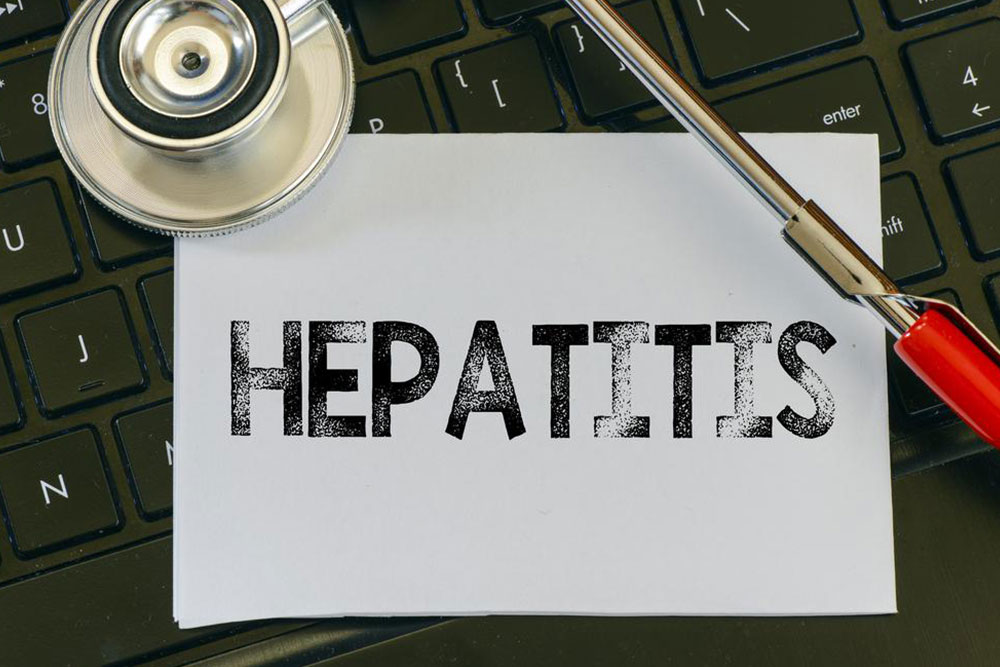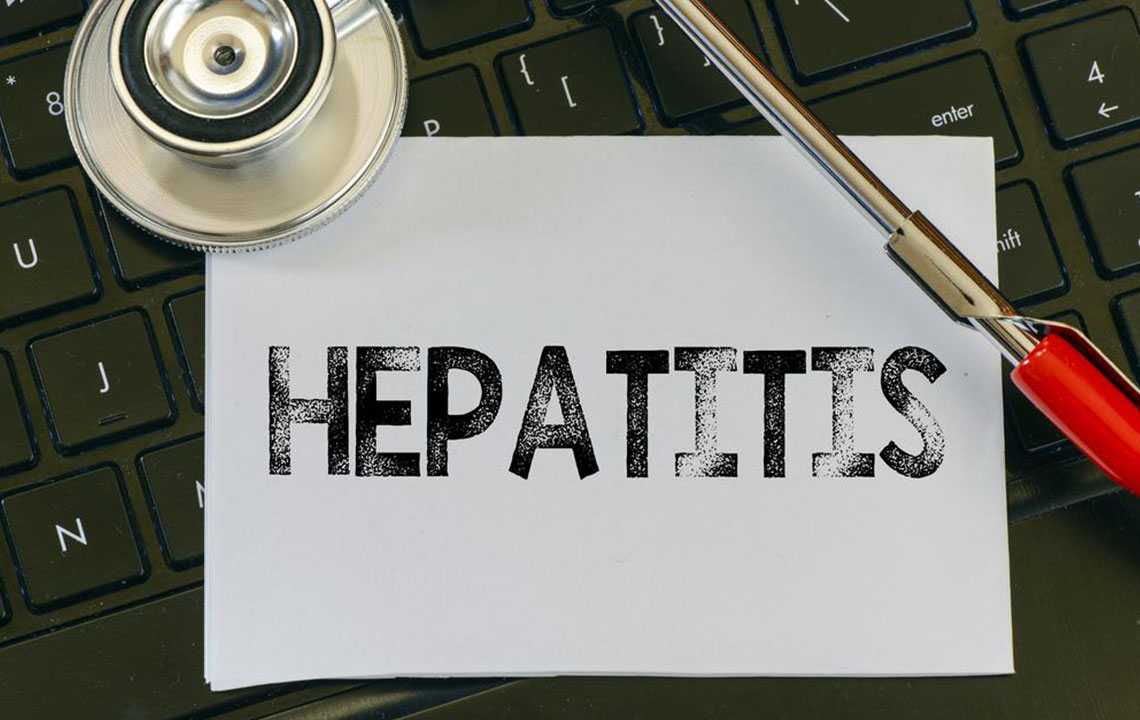Identifying the Signs and Symptoms of Hepatitis C
Hepatitis C is a liver-infecting virus with subtle symptoms, often leading to severe liver issues if untreated. Early detection through testing, combined with antiviral treatment and lifestyle changes, can effectively manage and cure the infection. Awareness of transmission routes is crucial for prevention. Regular medical checkups and a healthy diet play vital roles in recovery and liver health maintenance.

Recognizing the Symptoms of Hepatitis C
Hepatitis C is a viral infection that targets the liver, causing inflammation and potential long-term damage. The responsible pathogen is the hepatitis C Virus (HCV). Discovered in 1989, it was initially classified as non-hepatitis A or B. Globally, approximately 143 million people, or 2% of the population as of 2015, are infected. Despite available antiviral treatments, no vaccine exists yet to prevent transmission.
The disease spreads mainly through blood-to-blood contact, making it highly contagious. Common transmission routes include blood transfusions, organ transplants, sharing needles, unsterilized body piercings or tattoos, sharing personal items like razors, during childbirth, and sexual contact involving blood exchange. While some cases resolve on their own, medications can manage infection and prevent severe liver damage. Detection involves testing for antibodies and liver function, with advanced methods for occult infections. Treatment success depends on early diagnosis and lifestyle adjustments to support liver health.
Symptoms often go unnoticed initially, making awareness essential. The primary indicators include fatigue, fever, dark urine, loss of appetite, abdominal discomfort, nausea, yellowing of skin and eyes (jaundice), joint pain, vomiting, and unexplained weight loss. Chronic infections may lead to serious conditions like cirrhosis, liver failure, or liver cancer. Some individuals might experience mild cognitive decline or blood clotting issues. Detecting hepatitis C early and maintaining good hygiene and a healthy diet are crucial for recovery and liver preservation.
Note:
Our blog offers valuable insights across various health topics, based on thorough research. However, readers should not consider this information conclusive or solely rely on it for medical decisions. Always consult healthcare professionals for accurate diagnosis and treatment options. The website may not cover all available schemes or treatments and should be used as a supplementary resource.










